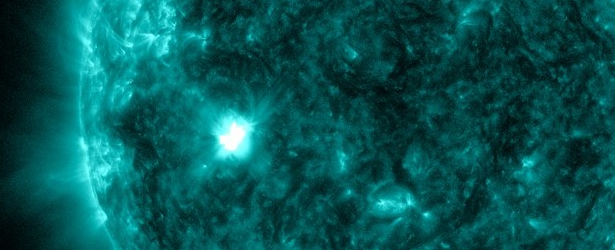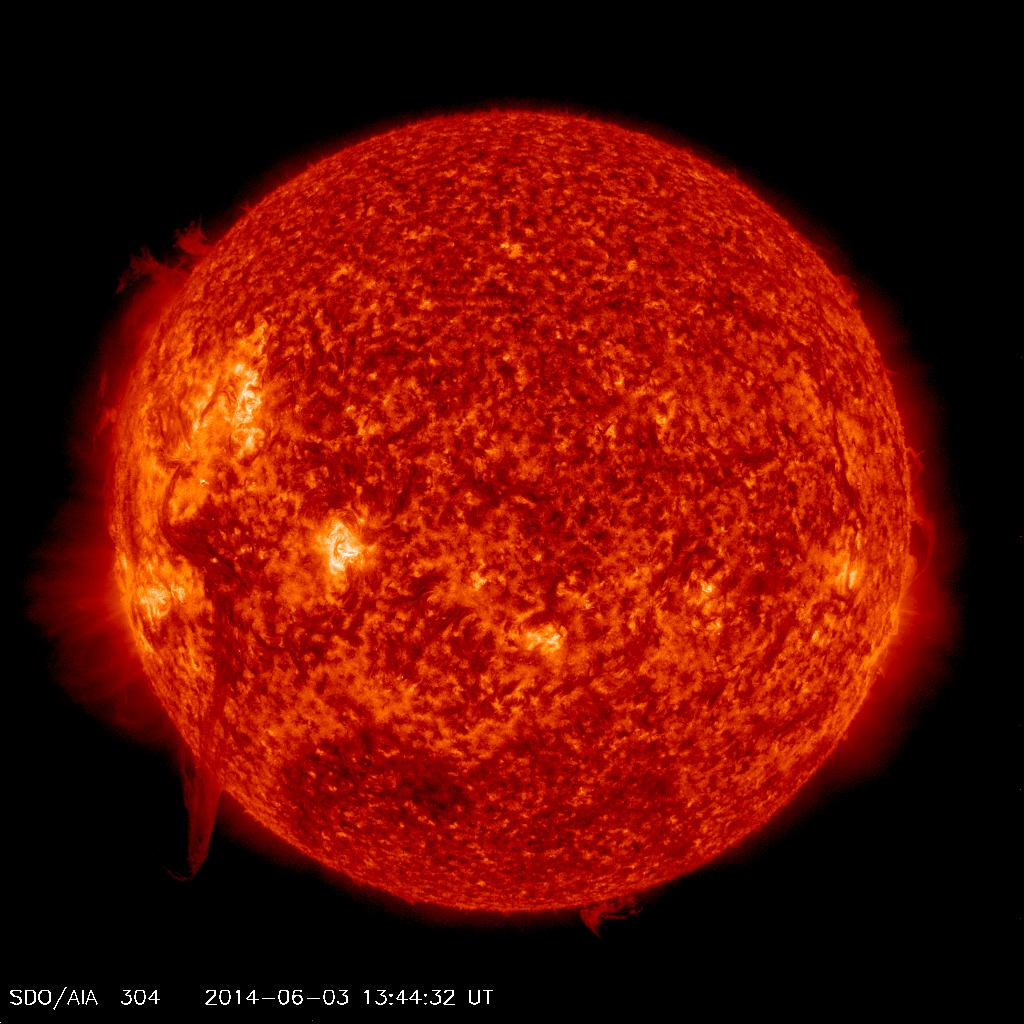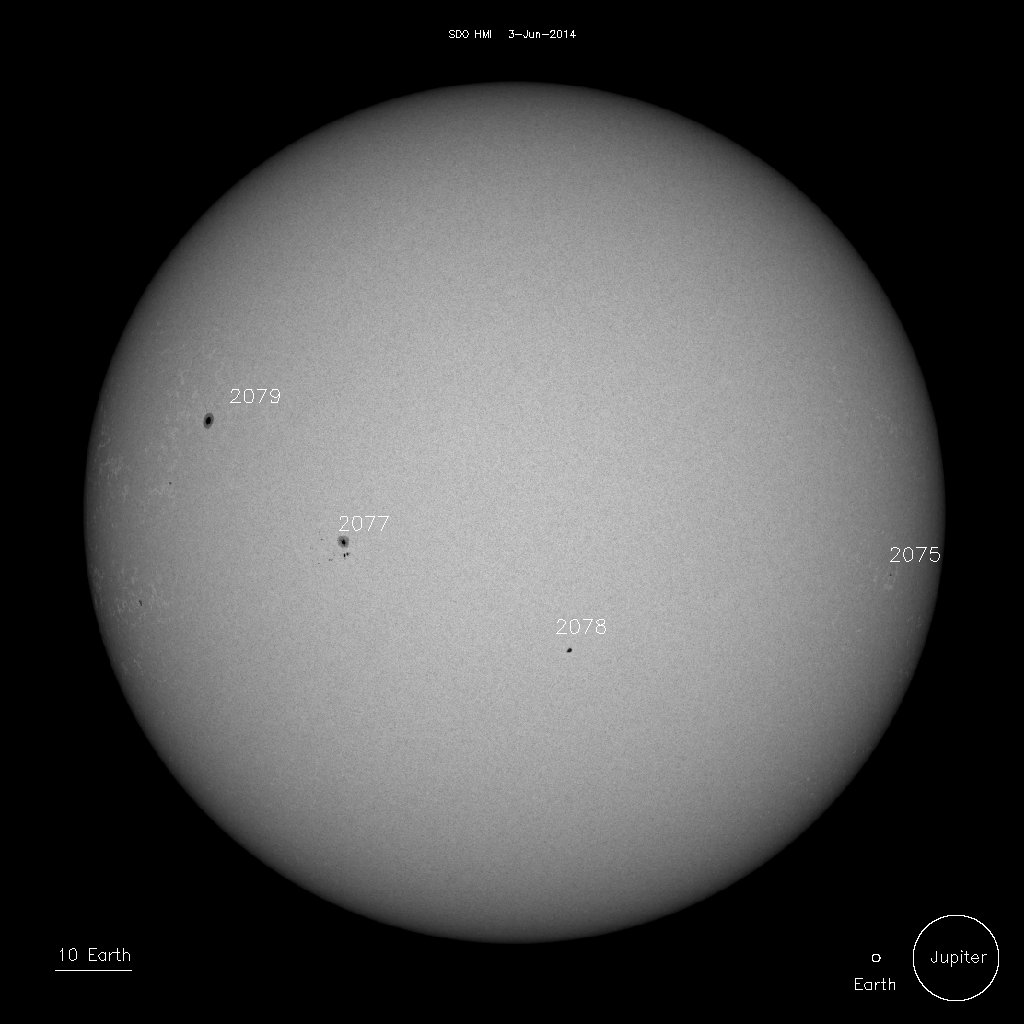Impulsive M1.3 solar flare erupted from Region 2077

An impulsive solar flare measuring M1.3 at its peak time erupted on June 3, 2014. The event started at 03:58, peaked at 04:09 and ended at 04:17 UTC.
The source was AR 2077 (S09E15, Cso/beta-gamma) which exhibited growth in its intermediate spots just south of the leader spot, and increased in magnetic complexity to a beta-gamma group in last 24 hours.
Lack of coronagraph imagery is hindering analysis of any potential Coronal Mass Ejections (CMEs). However, due to lack of significant radio emissions and Region 2077's position on the visible disk, any associated CME is not likely to have major impacts on Earth. Further analysis will be conducted as imagery becomes available to confirm or correct this prognosis, SWPC said.
Solar activity is expected to be very low with C-class flares likely and a slight chance for isolated M-class flaring over the next two days.
Additionally, a very large plasma filament is now rotating into Earth facing position:

Sunspots
There are currently four additional numbered sunspot regions on the visible disk, including newly numbered Region 2080 (S13E66, Bxo/beta). These four regions appeared to be stable and unremarkable.

Sunspots on June 3, 2014. Image credit: NASA SDO / HMI.
2075 – Alpha
2077 – Beta-Gamma
2078 – Alpha
2079 – Alpha
2080 – Beta (newly numbered)
Solar wind
Solar wind parameters, as measured by the ACE spacecraft, indicated the apparent arrival of a weak CH HSS just after the beginning of the new UTC day (June 3). Solar wind speeds maintained a slow but steady increase and reached a peak just over 340 km/s at approximately 03/0757 UTC. At approximately 03/0030 UTC, Phi angle transitioned to a negative (towards) orientation, IMF Bt increased to just over 9 nT, and Bz adjusted from -7 nT to nearly +7 nT. Temperature, wind speeds, and density all saw a slight increase simultaneously around this time, with density dropping off quickly after. Bz remained positive in last 24 hours.
Enhanced solar wind parameters consistent with weak, coronal hole high-speed stream (CH HSS) effects are expected to continue on June 3 and 4. Nominal conditions are expected to return by midday on June 4 as CH HSS effects begin to wane. On June 5 we should see a return to nominal conditions.
Geospace
The geomagnetic field was at quiet to unsettled levels and is expected to be at quiet to unsettled levels in next two days due to CH HSS effects. A return to mostly quiet levels is expected on June 5 as effects subside.
Featured image: M1.3 solar flare as seen by SDO AIA 131 on June 3, 2014 @ 04:12 UTC.

Commenting rules and guidelines
We value the thoughts and opinions of our readers and welcome healthy discussions on our website. In order to maintain a respectful and positive community, we ask that all commenters follow these rules.